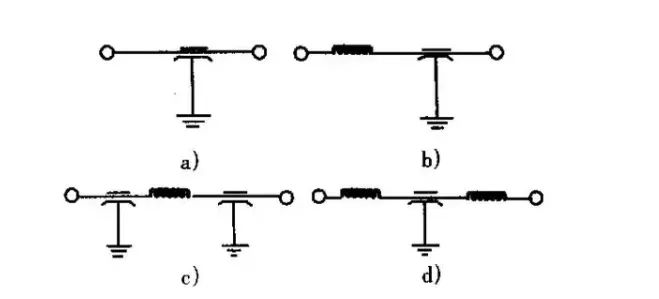How to design anti-interference in PCB board?
In actual research, it is found that there are four main interferences in the design of PCB boards: power supply noise, transmission line interference, coupling and electromagnetic interference (EMI).
1.Power supply noise
In high-frequency circuits, the noise carried by the power supply has a particularly obvious impact on high-frequency signals. Therefore, the power supply is first required to be low-noise. Here, a clean ground is as important as a clean power supply.
2. Transmission line
Only two kinds of transmission lines may appear in PCB: strip line and microwave line. The biggest problem of transmission line is reflection, which will cause many problems. For example, the load signal will be the superposition of the original signal and the echo signal, which will increase the difficulty of signal analysis. ; Reflections cause return loss (return loss) that can affect the signal as much as additive noise interference.
3. Coupling
The interference signal generated by the interference source produces electromagnetic interference on the electronic control system through a certain coupling channel. The coupling method of interference is nothing more than acting on the electronic control system through wires, spaces, public lines, etc. After analysis, there are mainly the following types: direct coupling, public impedance coupling, capacitive coupling, electromagnetic induction coupling, radiation coupling, etc.
4 Electromagnetic Interference (EMI)
Electromagnetic Interference EMI has two types of conducted interference and radiated interference. Conducted interference refers to the coupling (interference) of a signal on one electrical network to another electrical network through a conductive medium. Radiation interference refers to the interference source coupling (interference) its signal to another electrical network through space. In high-speed PCB and system design, high-frequency signal lines, integrated circuit pins, and various connectors may become radiation interference sources with antenna characteristics, which can emit electromagnetic waves and affect other systems or other subsystems in this system. normal work.
5.Methods to Eliminate Electromagnetic Interference in PCB Design
(1) Reduce the loop: each loop is equivalent to an antenna, so we need to minimize the number of loops, the area of the loop and the antenna effect of the loop. Ensure that the signal has only one loop path at any two points, avoid artificial loops, and use the power layer as much as possible.
(2) Filtering: Filtering can be used on both the power line and the signal line to reduce EMI. There are three methods: decoupling capacitors, EMI filters, and magnetic components.
(3) Shielding.
(4) Try to reduce the speed of high-frequency devices.
(5) Increasing the dielectric constant of the PCB board can prevent the high-frequency parts such as the transmission line close to the board from radiating outward; increasing the thickness of the PCB board and minimizing the thickness of the microstrip line can prevent the overflow of the electromagnetic wire, and can also prevent radiation.

Send PCB Files to Sales@ucreatepcba.com, We Will Quote You Very Soon!
Request PCB Manufacturing & Assemble Quote Now



